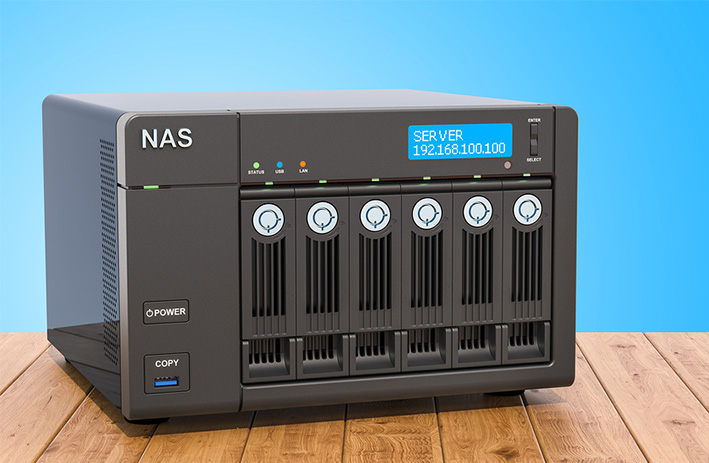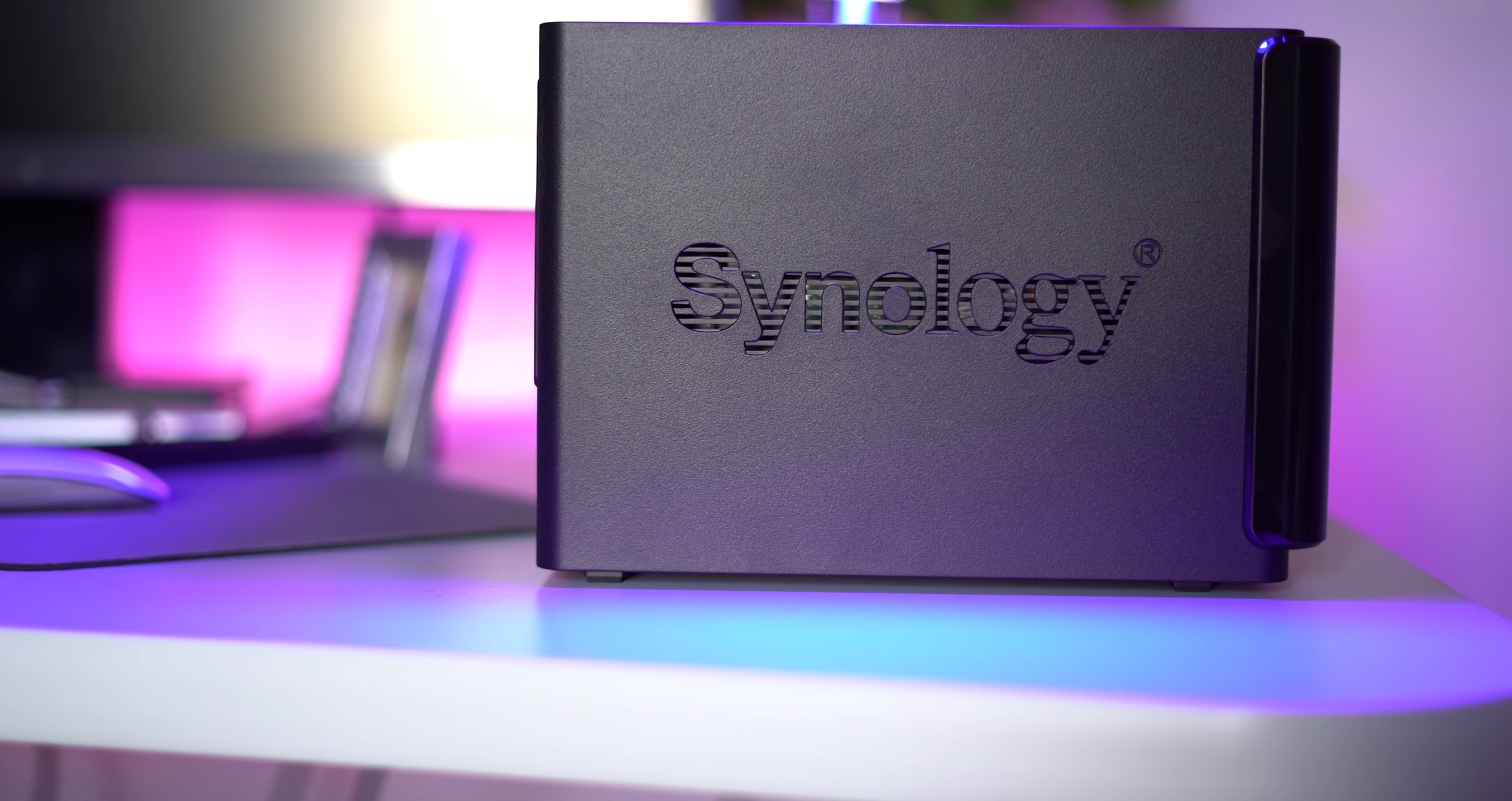

The steps you’ll need to follow to setup RAID on your NAS system will depend on which OS software you are using. This is an excellent way of keeping your data safe, and restoring files should an HDD fail. Having more space for storage devices also means that you’ve got the tools to create a RAID array – a means of using additional disks to keep mirrored copies of the data on your primary hard disk drive(s).

This will give you a much greater storage capacity than if you’re using a simple router and external drive. The biggest advantage of using old parts to create a new device is that you can add as many external drives as you have ports on your motherboard (and space for in your enclosure).
#BEST NAS SERVER FOR HOME 2014 HOW TO#
Having said that, it’s not too hard to learn, and there are plenty of resources available – such as GFCFree’s guide to Computer Basics, which can help you get your head around the basics of computer hardware, and Brian Moses’ DIY NAS: 2016 Edition – an accessible and comprehensive explanation of how to buy and build your own NAS system. Unlike creating a NAS from a router and an external storage device, this approach involves working with hardware as well as software, so a working knowledge of which bits go where inside a computer will certainly come in handy. If you’d like a bit more say in the construction of your NAS, or want more space and functionality without having to pay for a commercial device, deciding to build your own NAS system from re-purposed hardware could be the solution for you.


 0 kommentar(er)
0 kommentar(er)
